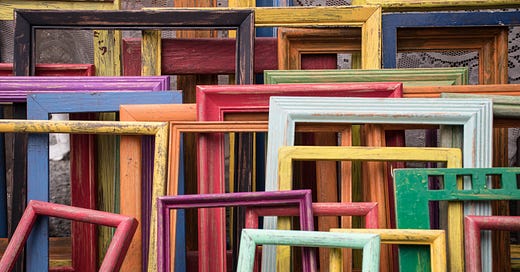Photo by Jessica Ruscello on Unsplash
While I mostly invite students to use storyboards as a tool for planning and developing narratives, they can be a valuable tool when discussing poetry. Asking students to look at poetry through syntax or stanzas or movements instead of lines is an interesting way to help them chunk the moments of thought and image in a single poem. When I asked my students to find the syntax in the below poems and then visually represent those chunks in the individual boxes of a storyboard, they engaged with poems differently. The storyboards helped them engage with a poem on a visceral level, and they saw the text from the inside out.
Poems I Use for this Activity
“The Surgeon at 2 am” by Sylvia Plath
“Grass Moon” by Matthew Dickman
“ I Invite My Parents to a Dinner Party” by Chen Chen
‘The Abandoned Farmhouse” by Ted Kooser
“Elegy for the Native Guards” by Natasha Trethewey
Writing Activity
Read all the above poems. (All the links have a little bio info on the poets as well.)
Select one poem and closely read it. Break the poem down for its component parts - lines or sentences or sections. Examine its parts, thinking about how the parts make the whole better.
In your writing notebook, sketch out a rough storyboard of each “part.” You might select sentences, lines, stanzas or “scene” of the poem. You could use this storyboard template if you have access to a printer or sketch a board out in your notebook.
Then, using one of the above poems as a model, write your own poem that centers some aspect of who you are, what you think, where you live, and how you exist.
Trade notebooks and ask a partner to sketch out a storyboard of your identity poem. What did they see and choose to visualize from your poem in their storyboard?
Additional Fun
If you’d like to visually represent your own poem using digital means, check out the below links for digital storytelling.
Pro Tip: If you want to add music to your digital poetry-story, check out Free Music Archive or YouTube’s Audio Library.
To access YouTube’s Audio Library, simply go to your YouTube account, go to Creator Studio > Create > Audio Library.




